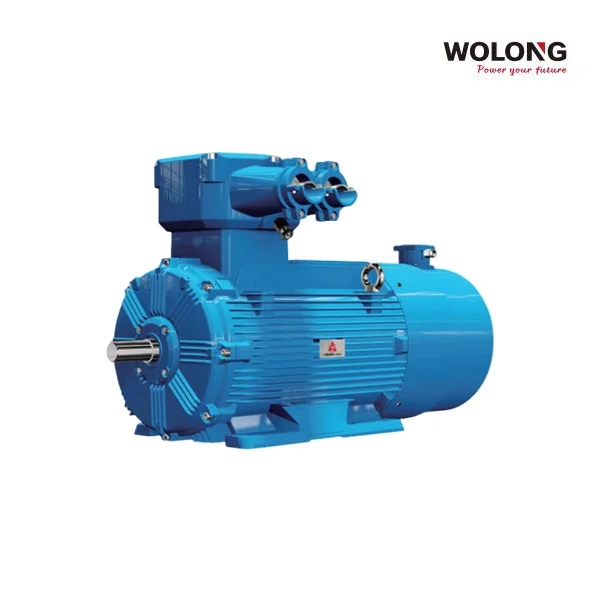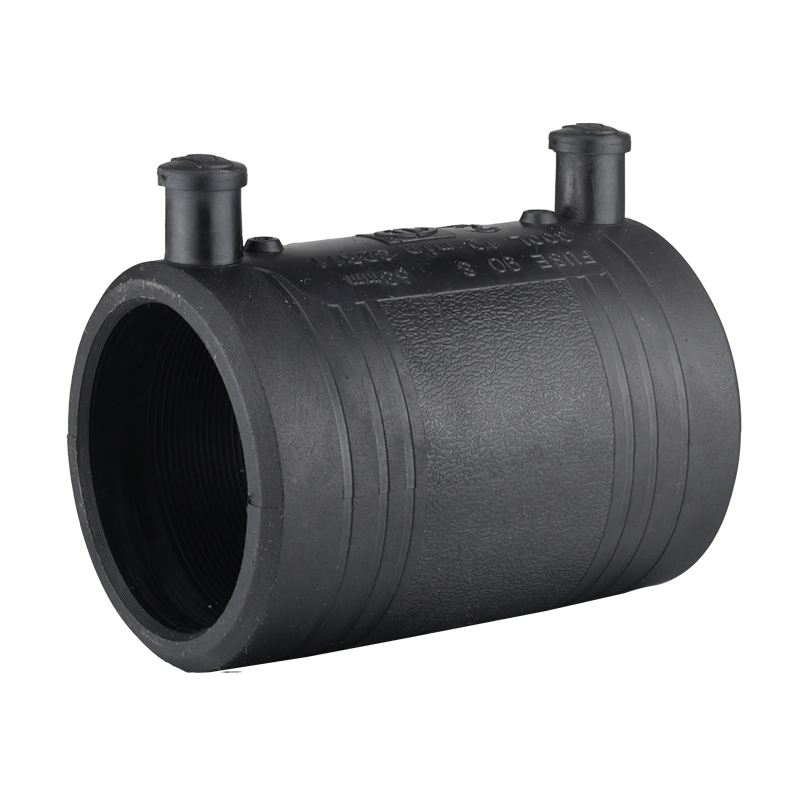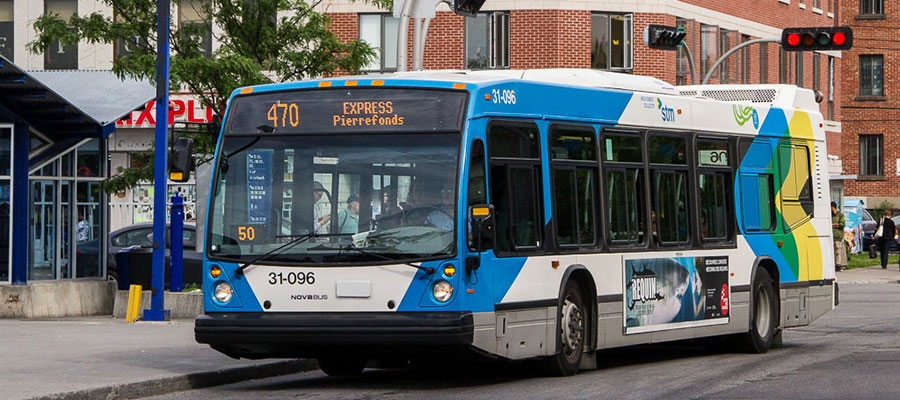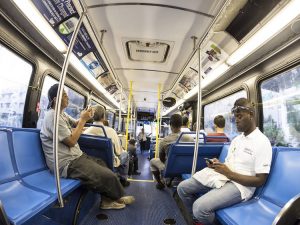Perth, the capital city of Western Australia, boasts a well-developed and efficient public transport system. With a focus on sustainability and accessibility, the city offers a range of transportation options that cater to the needs of its residents and visitors. In this blog post, we will delve into the intricacies of public transport in Perth, exploring its various modes, infrastructure, and initiatives that make it a model for other cities.
- The Backbone: Transperth:
Transperth, the public transport authority in Perth, plays a pivotal role in ensuring seamless connectivity across the city. It operates an integrated network of buses, trains, and ferries, providing comprehensive coverage to both urban and suburban areas. The Transperth SmartRider card system allows passengers to conveniently pay for their journeys and transfer between different modes of transport. - Extensive Train Network:
Perth's train network is a vital component of its public transport system, offering a reliable and efficient mode of transportation. The network comprises several lines that connect the city center with various suburbs and satellite towns. Notably, the Mandurah Line, opened in 2007, revolutionized commuting by significantly reducing travel times between the city and the southern suburbs. - Bus Services for Last-Mile Connectivity:
Complementing the train network, Perth's bus services provide crucial last-mile connectivity. The buses cover areas that are not directly served by trains, ensuring that even the most remote neighborhoods have access to public transport. Transperth's real-time bus tracking system allows passengers to plan their journeys effectively, minimizing waiting times and enhancing convenience. - Sustainable Initiatives:
Perth is committed to sustainability, and its public transport system reflects this dedication. The city has introduced several initiatives to reduce carbon emissions and promote eco-friendly transportation. For instance, Transperth has incorporated a fleet of hybrid buses that run on a combination of diesel and electric power, reducing pollution levels. Additionally, the train stations are equipped with bike racks and facilities for cyclists, encouraging the use of bicycles as a mode of transport. - Future Developments:
Perth's public transport system is continuously evolving to meet the growing needs of its population. The METRONET project, a long-term plan to expand the train network, aims to connect new suburbs and improve connectivity within the city. The introduction of light rail and the enhancement of bus services are also part of the city's vision for a comprehensive and sustainable public transport system.
Conclusion:
Perth's public transport system, spearheaded by Transperth, offers a commendable model for other cities worldwide. Its integrated network, extensive train services, and sustainable initiatives contribute to efficient and eco-friendly commuting options. As Perth continues to invest in the expansion and enhancement of its public transport infrastructure, residents and visitors can look forward to a future of seamless connectivity and reduced reliance on private vehicles.












+ There are no comments
Add yours